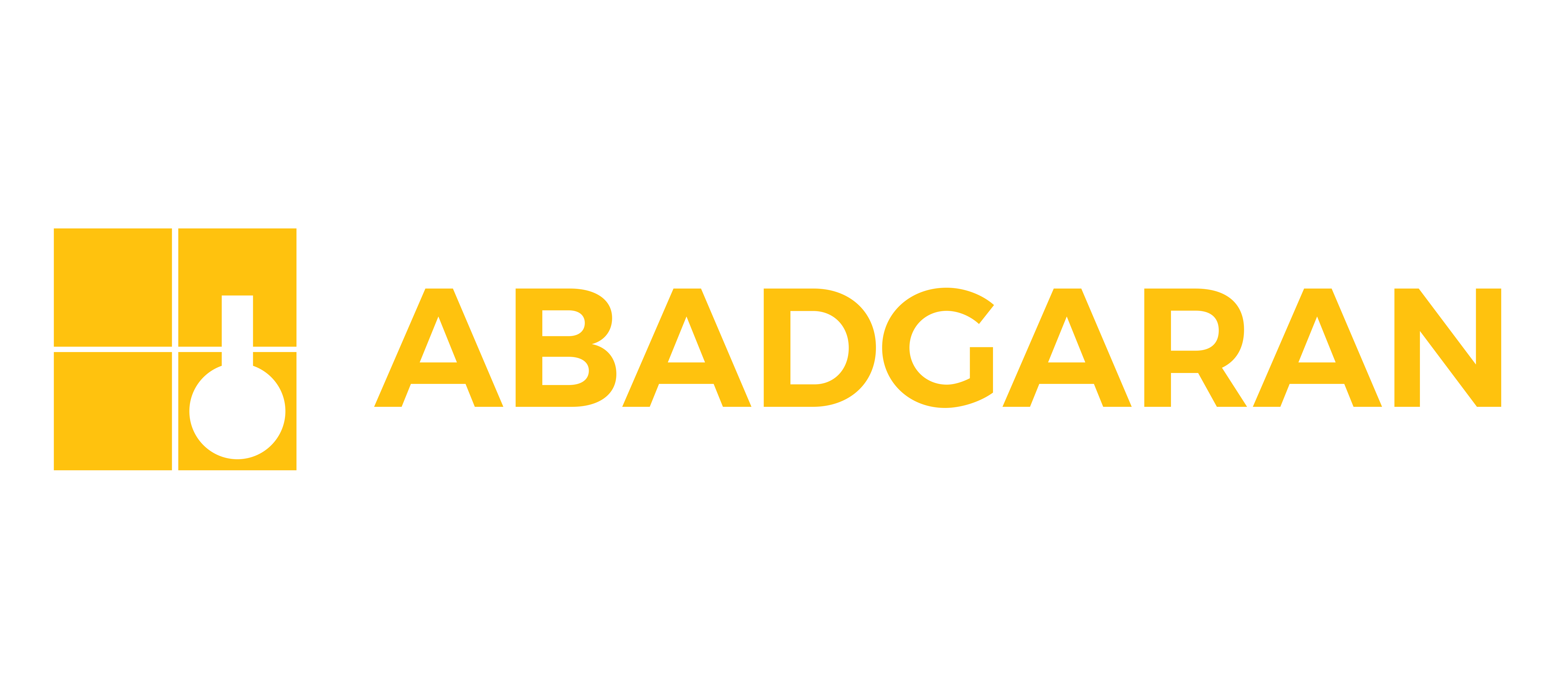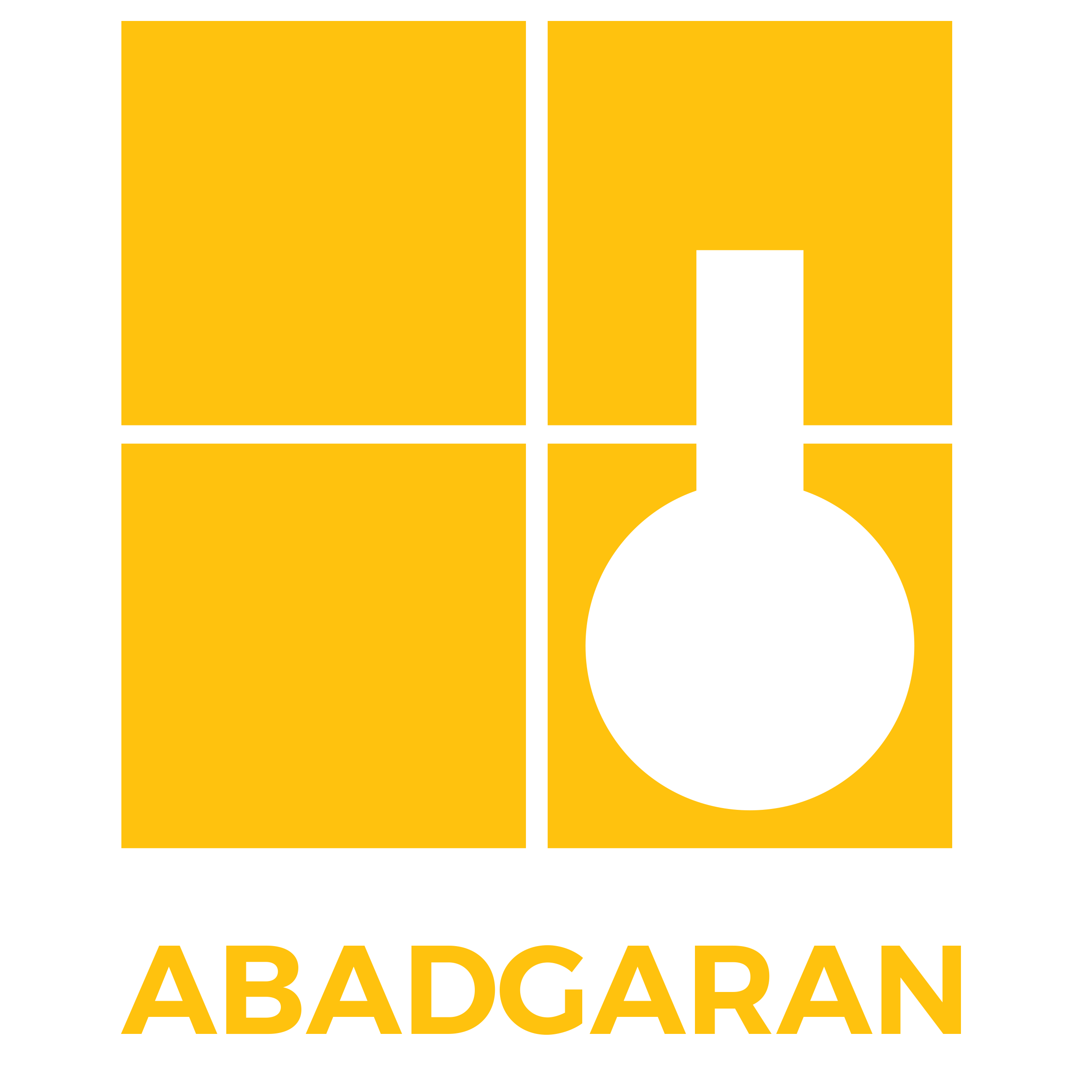
Please wait, loading...

Please wait, loading...

![]()

Fire protection of buildings is one of the most essential aspects of building design and construction. Fire poses not only a serious threat to human life but can also cause significant financial and environmental damage. With increasing population and urban development, the importance of fire safety is felt more than ever. Chapter 3 of the Iranian National Building Regulations aims to enhance the safety of buildings against fire and reduce the associated risks by setting specific requirements and standards. This chapter examines the weaknesses of structures and building materials in resisting fire and provides principles for protecting buildings. Ignoring these aspects can lead to severe human and financial losses.
In this article, we first review the weaknesses of structures and materials against fire and then discuss the principles of building protection based on Chapter 3 of the Iranian National Building Regulations. The goal of this article is to raise awareness about the importance of adhering to safety principles in building design and construction and to provide solutions to reduce fire-related risks.

Choosing appropriate construction materials is very important. Each material has strengths and weaknesses that must be selected according to the project type, environmental conditions, and safety needs. Compliance with standards and use of suitable materials can help reduce fire hazards and improve building safety. Below, we review the weaknesses and strengths of some common construction materials from a fire safety perspective:
Thus, selecting appropriate materials is a key factor in reducing fire risk and protecting buildings. Key properties to consider include fire resistance, heat transfer, and protective coatings.
Fire Protection Systems According to Chapter 3 of the Iranian National Building Regulations
The fire protection principles cover several important aspects, including fire suppression systems and preventive measures:
Automatic Fire Suppression Devices: Systems that automatically extinguish fires, such as gas-based suppressants (CO2, FM-200, etc.).
Preventive measures must also be considered, such as designing buildings with easily accessible escape routes and emergency exits. Proper management and regular maintenance of fire safety equipment—including periodic inspections and repairs—are essential. Occupants and staff must be trained in fire prevention and fire equipment use, playing a crucial role in risk reduction.
Standards Compliance and Updates
Chapter 3 of the Iranian National Building Regulations generally aligns with international standards like NFPA (National Fire Protection Association) and ISO (International Organization for Standardization). This alignment is evident in building classification, material resistance, fire suppression systems, escape routes, training, and awareness. However, continuous updates and amendments based on scientific advances and global experiences are necessary to optimize building safety. Compliance with international standards not only enhances the credibility of these regulations but also facilitates the exchange of experiences and best practices between countries.

Chapter 3, as a legal and technical framework, sets important requirements for fire protection in buildings, aiming to reduce fire risks and protect lives and property. The alignment of these regulations with global standards such as NFPA and ISO reflects attention to universal safety principles and the need to create safer environments. Requirements related to material resistance, fire suppression systems, emergency exit designs, and fire risk assessment and management during design and construction clearly demonstrate commitment to occupant safety. These measures help decrease casualties and financial losses caused by fire.
Given climate change and increasing fire hazards, regular updates of these regulations based on new technologies and global experiences are essential. Effective implementation requires cooperation among government bodies, builders, architects, and engineers to create safer and more fire-resistant built environments. This effort will protect both human lives and national assets.